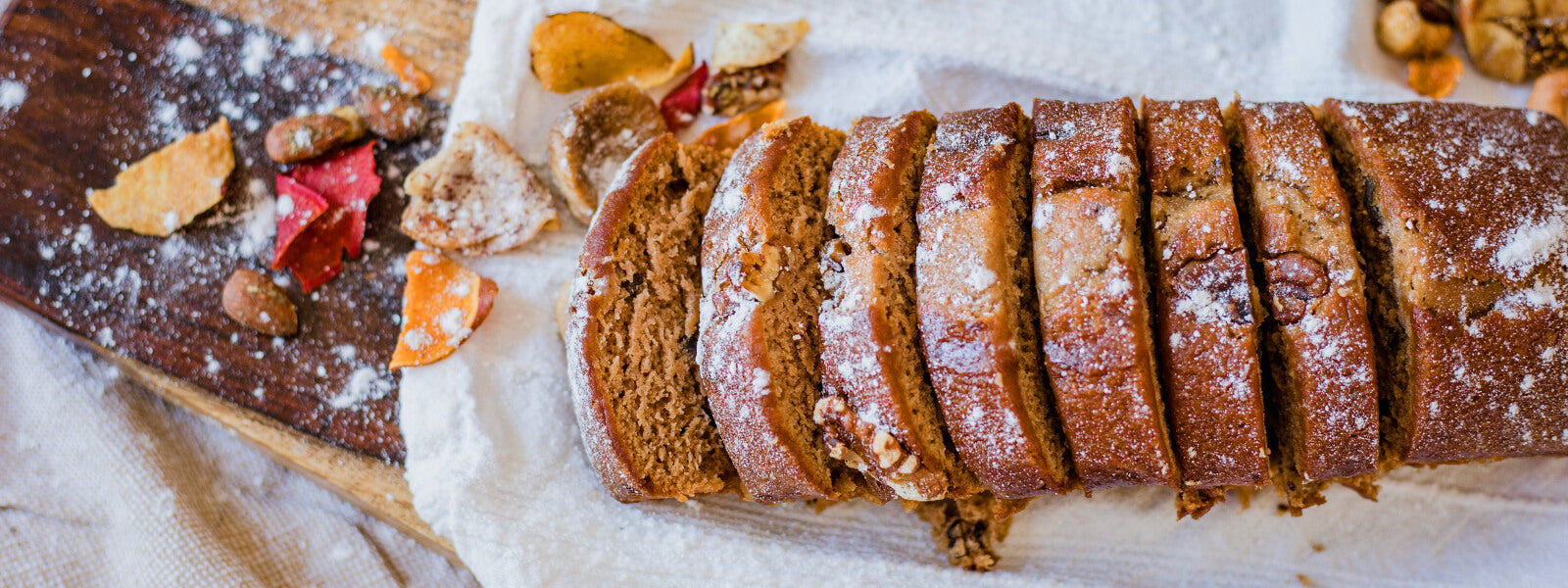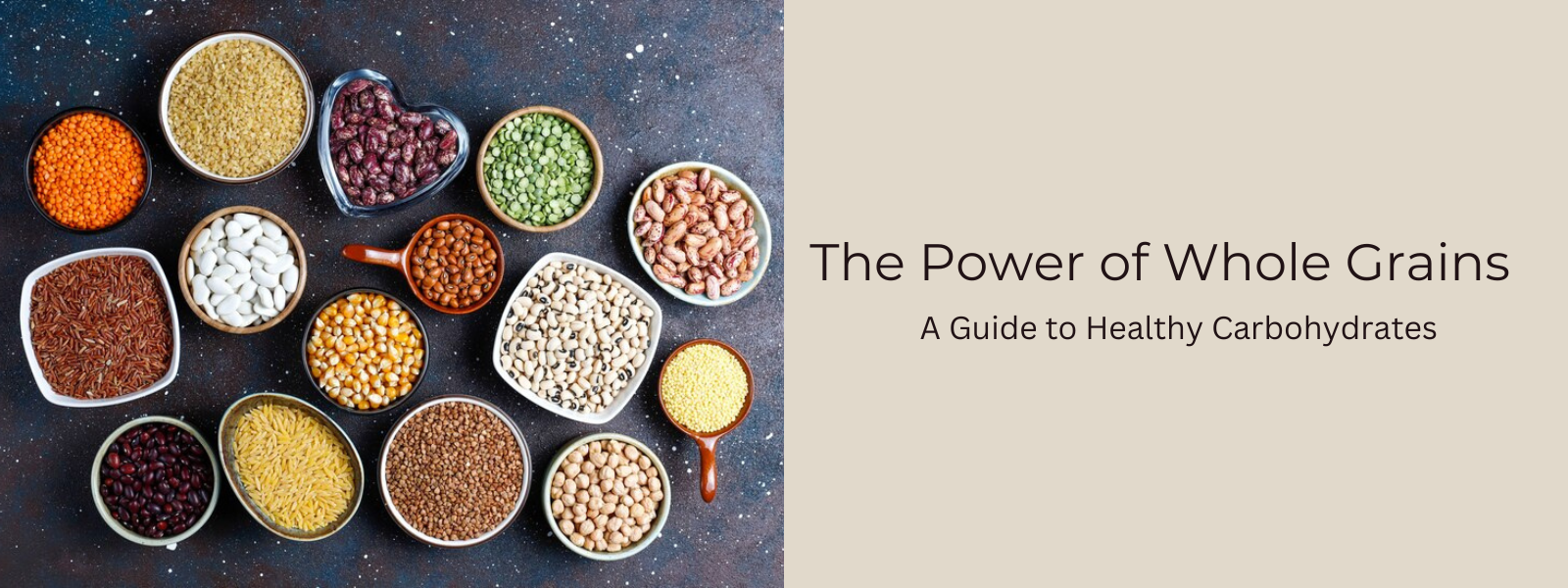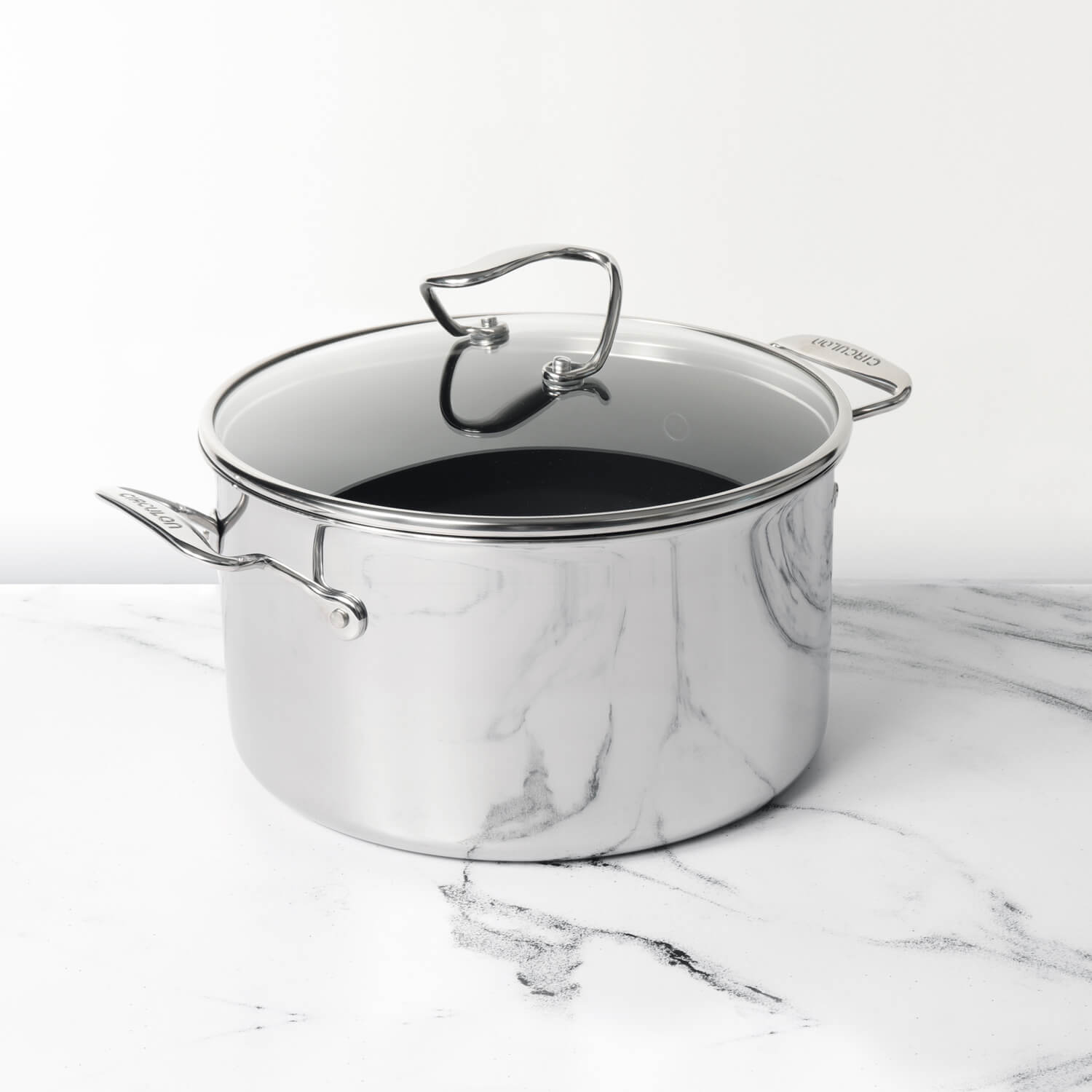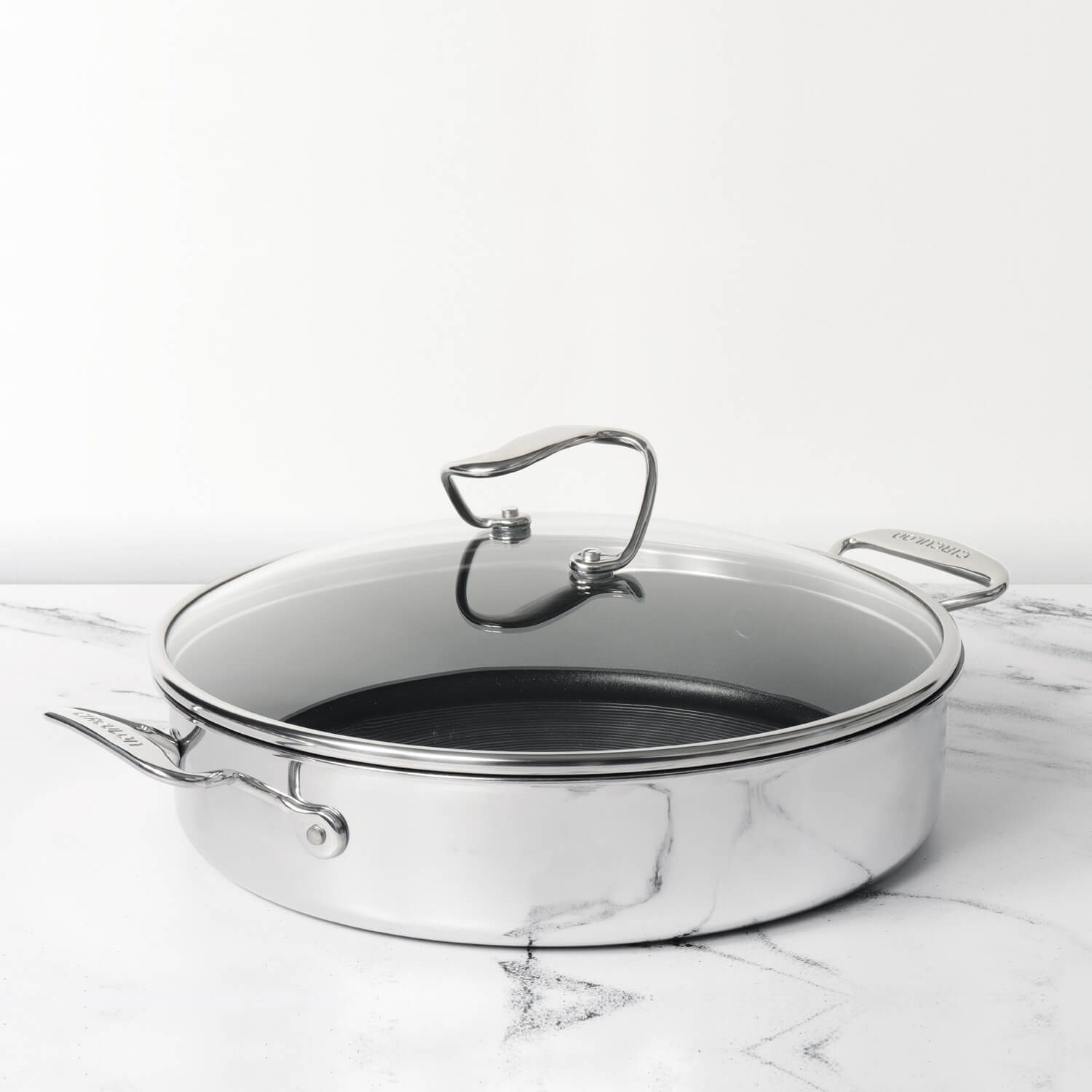The nutritional differences between whole grain and white bread stem primarily from their respective processing methods and ingredient compositions. Whole grain bread is made from flour that includes the entire grain kernel, retaining the nutrient-rich bran and germ layers. As a result, it tends to be higher in fiber, vitamins (such as B vitamins and vitamin E), minerals (like iron, magnesium, and zinc), and phytonutrients. On the other hand, white bread is made from refined flour, where the bran and germ are removed during processing, leaving only the starchy endosperm. Consequently, white bread contains fewer nutrients and less fiber compared to its whole grain counterpart. The higher fiber content in whole grain bread contributes to better digestion, slower blood sugar spikes, and improved satiety, making it a more nutritious choice for overall health and wellness.
Table of Contents
Whole Grain and White Bread
Whole grain bread and white bread are two common types of bread made from different types of flour and processing methods:
Whole Grain Bread: Made from flour that includes the entire grain kernel, including the bran, germ, and endosperm.
Contains all parts of the grain, providing a higher nutrient content, including fiber, vitamins, minerals, and phytonutrients.
Examples of whole grains used in bread include whole wheat, whole oats, whole rye, and whole barley.
White Bread: Made from refined flour, which is processed to remove the bran and germ, leaving only the starchy endosperm.
Lacks the bran and germ layers, resulting in a lower nutrient content compared to whole grain bread.
Often has a softer texture and lighter color compared to whole grain bread.
The Nutritional Differences Between Whole Grain and White Bread
Ingredients:
- Whole Grain Bread: Made from flour that includes the entire grain kernel, including the bran, germ, and endosperm.
- White Bread: Made from refined flour, which is processed to remove the bran and germ, leaving only the starchy endosperm.
Fiber Content:
- Whole Grain Bread: Typically higher in fiber due to the inclusion of the bran, which provides roughage and aids in digestion.
- White Bread: Lower in fiber content as the bran, which is rich in fiber, is removed during processing.
Nutrient Profile:
- Whole Grain Bread: Contains a variety of nutrients, including vitamins (such as B vitamins and vitamin E), minerals (such as iron, magnesium, and zinc), and phytonutrients.
- White Bread: Lacks many of the nutrients found in whole grain bread, as the refining process removes a significant portion of the grain's nutritional content.
Glycemic Index:
- Whole Grain Bread: Typically has a lower glycemic index (GI) compared to white bread, meaning it causes a slower and more gradual rise in blood sugar levels after consumption.
- White Bread: Has a higher GI, leading to a quicker spike in blood sugar levels, which may result in energy crashes and increased hunger shortly after consumption.
Health Benefits:
- Whole Grain Bread: Associated with numerous health benefits, including reduced risk of heart disease, stroke, type 2 diabetes, and certain types of cancer.
- White Bread: Consuming large amounts of white bread may contribute to health issues such as obesity, insulin resistance, and inflammation due to its lower nutritional content and higher glycemic index.
Digestive Health:
- Whole Grain Bread: Provides dietary fiber, which promotes digestive health, prevents constipation, and supports a healthy gut microbiome.
- White Bread: Lacks sufficient fiber content, which may lead to digestive issues and contribute to a less diverse gut microbiota.
Uses Of Whole Grain Bread & White Bread:
Whole grain and white bread can be used in a variety of ways in cooking and meal preparation:
Uses of Whole Grain Bread:
- Sandwiches: Whole grain bread makes a nutritious base for sandwiches filled with vegetables, lean proteins, and healthy spreads like hummus or avocado.
- Toast: Toast slices of whole grain bread and top them with nut butter, sliced fruit, or eggs for a hearty breakfast or snack.
- French Toast: Use whole grain bread to make French toast by dipping slices in a mixture of eggs, milk, and cinnamon before frying until golden brown.
- Croutons: Cube whole grain bread, toss with olive oil and herbs, and bake until crispy to create homemade croutons for salads or soups.
- Breadcrumb Coating: Pulse slices of whole grain bread in a food processor to make breadcrumbs for coating chicken, fish, or vegetables before baking or frying.
Uses of White Bread:
- Classic Sandwiches: White bread is often used to make classic sandwiches like grilled cheese, peanut butter and jelly, or deli-style sandwiches.
- Breadcrumbs: Use white bread to make breadcrumbs for recipes like meatloaf, meatballs, or breadcrumb toppings for casseroles.
- Stuffing: White bread is a common ingredient in traditional stuffing recipes for Thanksgiving or other holiday meals.
- Bread Pudding: Tear or cube white bread to make bread pudding, a comforting dessert often served with a sweet sauce or custard.
- Dipping: Serve slices of white bread alongside soups, stews, or pasta dishes for dipping and soaking up flavorful sauces.
Conclusion:
In conclusion, the nutritional differences between whole grain and white bread are significant, with whole grain bread offering a superior nutrient profile, higher fiber content, and numerous health benefits compared to white bread. While both types of bread can be part of a balanced diet, opting for whole grain varieties more often can support overall health, aid in digestion, and help prevent chronic diseases. Incorporating whole grains into your diet in place of refined grains like white bread is a simple yet effective way to improve your nutritional intake and promote long-term wellness.











Leave a comment